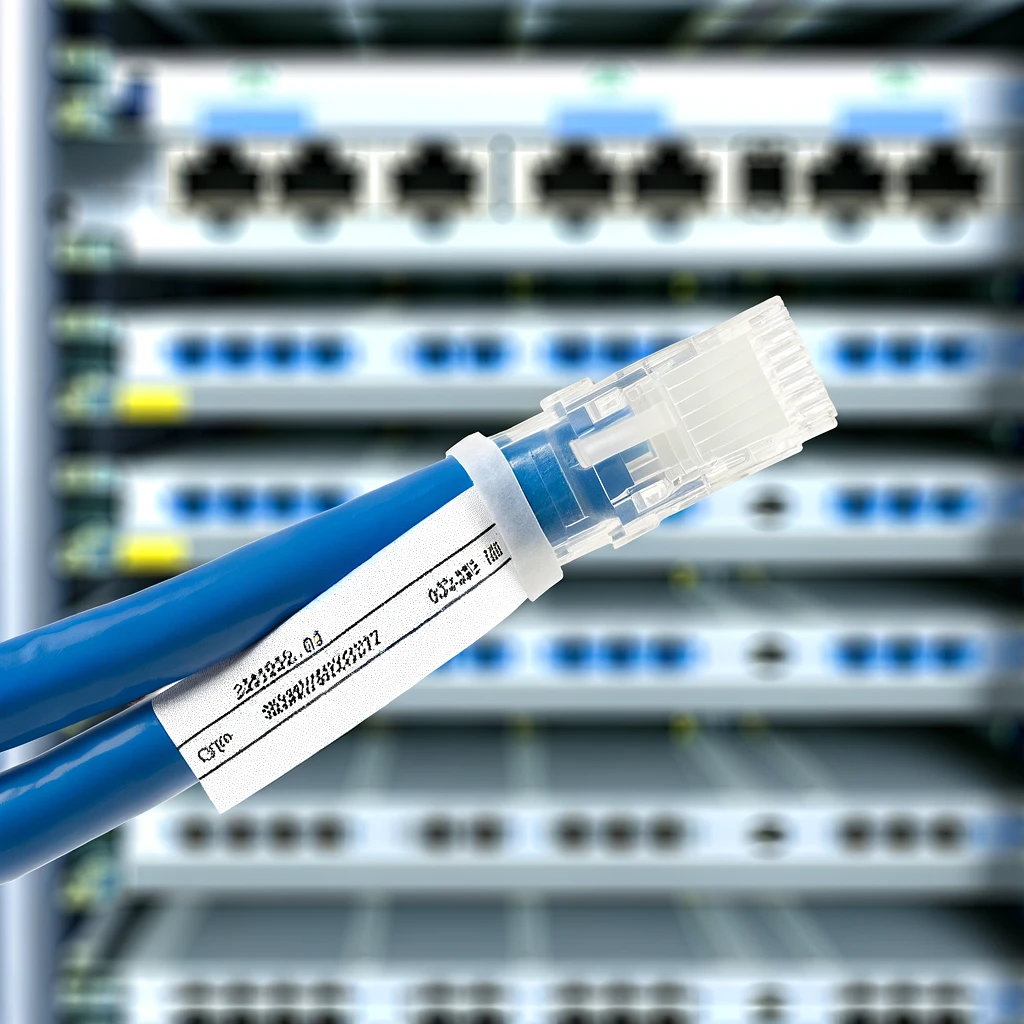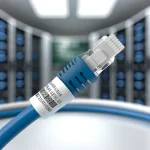Are you tired of messy cables and wires cluttering your workspace? Look no further than labels to bring order to the chaos. In this comprehensive guide, we'll delve into the world of labels, exploring their uses, benefits, and how they can revolutionize your organization system.
Understanding Labels
Cable labels are small, adhesive tags designed to identify and organize cables. Whether you're managing a network infrastructure or organizing cables behind your entertainment center, labels are invaluable for keeping everything in order. With various sizes and designs available, you can find the perfect label for your specific needs.
When it comes to cable labeling, precision is key. Cable labels ensure that each cable is correctly identified, reducing the risk of errors during installation, maintenance, or troubleshooting. Additionally, labels provide a professional touch to your setup, making it easy to locate and identify cables at a glance.
The Benefits of Cable Labeling
Investing in cable labels offers a myriad of benefits for both professional technicians and DIY enthusiasts. Firstly, labels streamline management, saving you time and frustration when dealing with complex setups. By clearly labeling each cable, you can quickly trace connections and make necessary adjustments without confusion.
Moreover, labels enhance safety by minimizing the risk of accidental disconnections or damage to cables. Properly labeled cables reduce the likelihood of incorrect reconnections, preventing potential electrical hazards. Additionally, in commercial settings, labels help ensure compliance with industry regulations and standards, promoting a safe working environment.
Choosing the Right Cable Labeler
With numerous cable labelers on the market, selecting the right one can seem daunting. Consider factors such as label size, compatibility with your existing labeling system, and ease of use. Look for a cable labeler that offers customizable options, allowing you to create labels tailored to your specific requirements.
When shopping for a cable label maker, prioritize reliability and durability. Opt for a labeler that produces clear, long-lasting labels resistant to fading, smudging, and abrasion. Additionally, choose a label maker with intuitive software and a user-friendly interface to streamline the labeling process.
10 Best Uses for Cable Labels

Are you looking to optimize your cable management system? These labels are versatile tools with countless applications in various settings. Let's explore ten of the best uses for these labels, from professional networking environments to home entertainment setups.
1. Network Infrastructure Organization
Cable labels are indispensable for organizing network infrastructure, including Ethernet cables, fiber optics, and patch cords. By labeling cables according to their function, location, or connection type, network technicians can streamline maintenance, troubleshooting, and upgrades with ease.
2. Server Room Management
In busy server rooms, cable labels play a crucial role in maintaining order and efficiency. Clearly labeled cables enable technicians to quickly identify and trace connections, reducing downtime and minimizing the risk of errors during installations or repairs.
3. Data Center Optimization
In large-scale data centers, where hundreds or even thousands of cables converge, cable labels are essential for maintaining organization and preventing chaos. Proper labeling ensures that cables are correctly routed and connected, facilitating efficient airflow and optimizing cooling systems.
4. Office Cable Management
From desktop computers to printers and telephones, offices rely on a myriad of cables to keep operations running smoothly. Cable labels help keep these cables organized and easily identifiable, minimizing clutter and enhancing workspace aesthetics.
5. Home Theater Setup
Transform your home entertainment experience with cable labels for your audio, video, and gaming systems. Labeling cables behind your TV or entertainment center makes it easy to identify connections and avoid confusion when adding or removing devices.
6. Home Office Organization
Whether you're a freelancer or a remote worker, cable labels can help you maintain a tidy and efficient home office space. Labeling power cords, USB cables, and peripherals ensures that you can quickly locate the right cable for your devices without searching through a tangled mess.
7. Event Management
From conferences to trade shows, events often require extensive audiovisual setups with numerous cables and connections. Cable labels simplify setup and teardown processes, allowing event staff to quickly identify and connect equipment for presentations, sound systems, and lighting.
8. AV Production Studios
In professional audiovisual production environments, cable labels are essential for organizing equipment racks, patch panels, and audio/video cables. Proper labeling ensures that technicians can easily identify and troubleshoot issues during recording sessions or live broadcasts.
9. Industrial Applications
In industrial settings, where machinery and equipment rely on intricate electrical systems, cable labels are crucial for safety and compliance. Clearly labeled cables help technicians identify power, control, and communication cables, reducing the risk of accidents and ensuring adherence to regulations.
10. DIY Projects
Whether you're building a custom PC or setting up a home automation system, cable labels can simplify your DIY projects. Labeling cables during installation ensures that you can easily identify and troubleshoot connections, saving time and frustration in the long run.
Tips for Effective Cable Labeling
To maximize the effectiveness of your cable labeling system, follow these tips:
- Plan Ahead: Before labeling, carefully plan your cable layout and organization scheme to ensure consistency and efficiency.
- Use Descriptive Labels: Clearly label each cable with relevant information, such as its function, location, or destination.
- Maintain Consistency: Establish a uniform labeling system across all cables and devices to minimize confusion and facilitate easy identification.
- Regular Maintenance: Periodically inspect and update your cable labels to account for changes in configuration or additions to your setup.
By following these guidelines, you can optimize your cable labeling process and enjoy the benefits of a well-organized and efficient workspace.
Wrapping Up
In conclusion, cable labels are essential tools for maintaining order and efficiency in cable management. From simplifying troubleshooting to enhancing safety, cable labels offer a range of benefits for both professional and personal use. Invest in quality cable labels and labelers to streamline your setup and take control of your cables today.
Ready to dive deeper into cable management solutions? Explore our latest blog post for expert tips and product recommendations.

